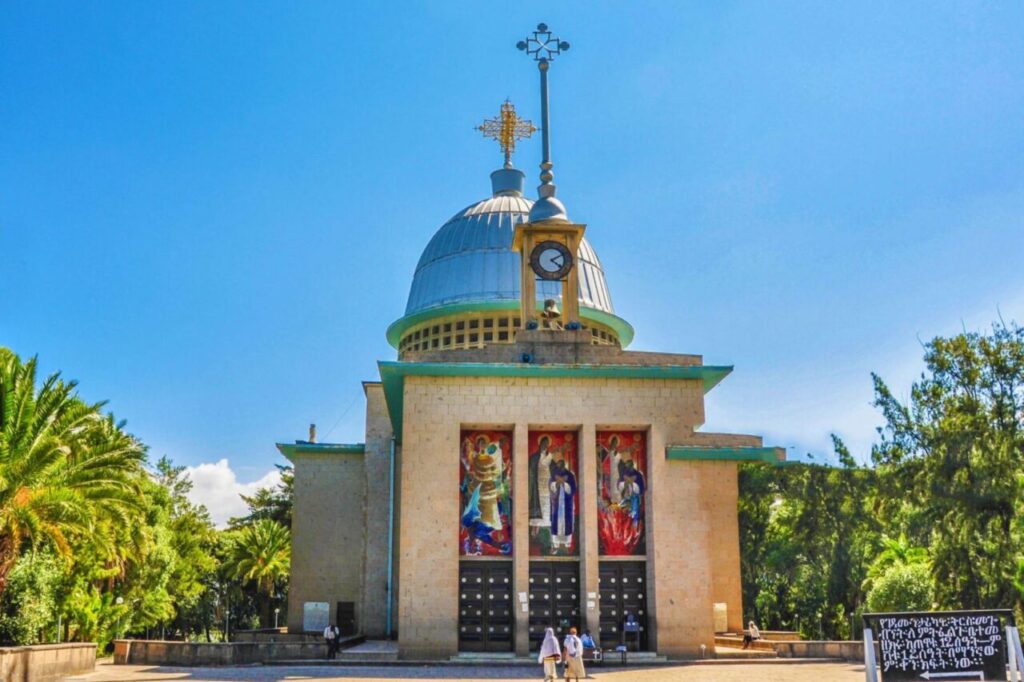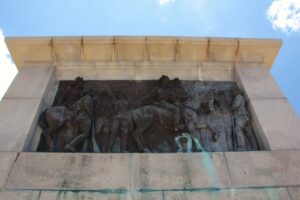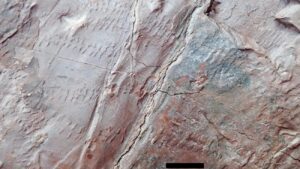Nestled in the lush highlands of Ethiopia, Debre Libanos Monastery is a serene and spiritually significant site that offers visitors a glimpse into the rich religious heritage of the country. Located just a couple of hours’ drive from Addis Ababa, this monastery is not only a place of worship but also a destination for those seeking tranquility and a deeper understanding of Ethiopian Orthodox Christianity.
What to See at Debre Libanos Monastery
Upon arriving at Debre Libanos, visitors are greeted by the stunning architecture of the monastery, which is a blend of traditional Ethiopian design and modern influences. The main church, built in the 1960s, is adorned with beautiful stained glass windows and intricate mosaics that depict biblical scenes and Ethiopian saints. The peaceful atmosphere inside the church invites reflection and prayer.
Adjacent to the church is the tomb of Saint Tekle Haymanot, one of Ethiopia’s most revered saints, who is said to have founded the original monastery in the 13th century. Pilgrims and tourists alike pay their respects at this sacred site, often leaving offerings and lighting candles.
The surrounding area is equally captivating, with breathtaking views of the Jemma River Gorge. A short walk from the monastery leads to a natural cave where Saint Tekle Haymanot is believed to have meditated for many years. This cave is a popular spot for visitors seeking a moment of solitude and connection with nature.
A Bit of History and Interesting Facts
Debre Libanos Monastery has a rich history that dates back to the 13th century when it was founded by Saint Tekle Haymanot. The saint is a central figure in Ethiopian Christianity, known for his piety and miraculous deeds. According to legend, he stood on one leg for seven years in prayer, and his dedication is commemorated by a statue near the monastery.
The monastery has faced challenges over the centuries, including destruction during the Italian occupation in the 1930s. However, it was rebuilt and continues to be a vital center of worship and pilgrimage. The current church, constructed in the 1960s, was designed by the renowned Ethiopian architect, Professor Fisseha Desta.
An interesting fact about Debre Libanos is its connection to the Gelada baboons, a unique primate species found only in the Ethiopian Highlands. These baboons can often be seen in the area surrounding the monastery, adding a touch of wildlife to the spiritual experience.
Getting There and Tips for First-Time Visitors
Debre Libanos Monastery is located approximately 110 kilometers north of Addis Ababa, making it an ideal day trip from the capital. The journey takes about two to three hours by car, depending on traffic and road conditions. Visitors can hire a private taxi or join a guided tour, which often includes stops at other attractions along the way.
For those visiting for the first time, it’s important to dress modestly, as the monastery is a place of worship. Women are advised to cover their heads with a scarf, and both men and women should wear clothing that covers their shoulders and knees. Photography is generally allowed, but it’s courteous to ask for permission before taking pictures of people or religious ceremonies.
The best time to visit Debre Libanos is during the dry season, from October to March, when the weather is pleasant and the landscape is lush and green. However, the monastery is open year-round, and each season offers its own unique charm.
In conclusion, Debre Libanos Monastery is a must-visit destination for anyone interested in Ethiopian culture, history, and spirituality. Its stunning architecture, rich history, and serene surroundings make it a perfect retreat from the hustle and bustle of city life.








